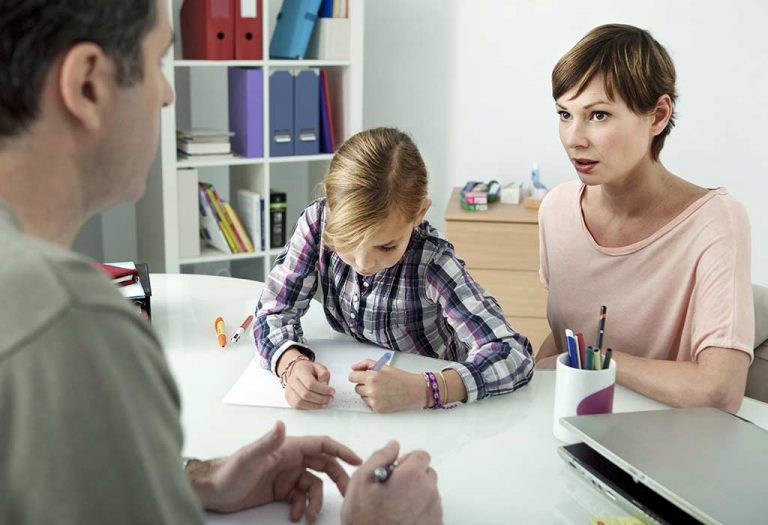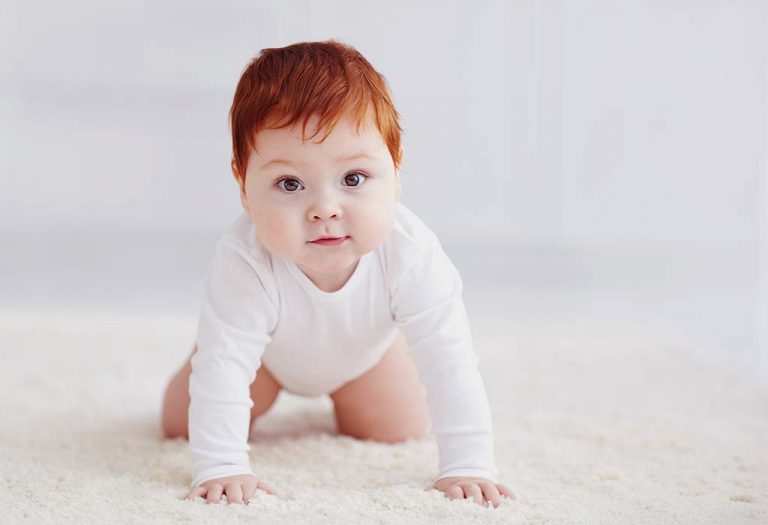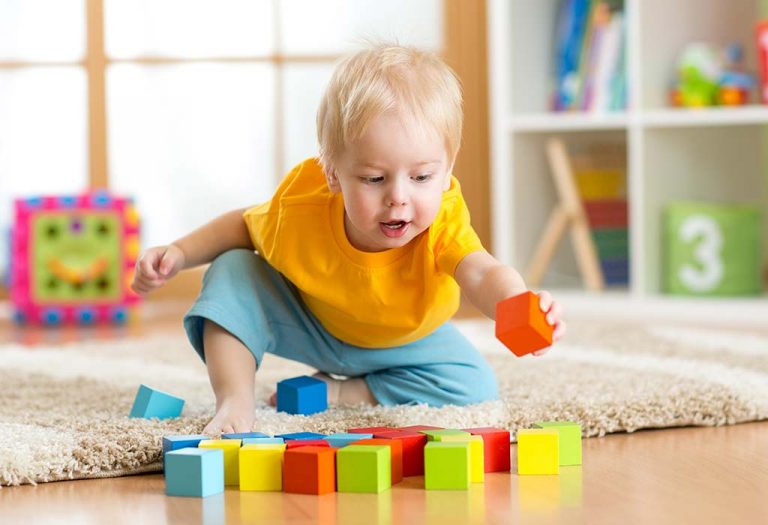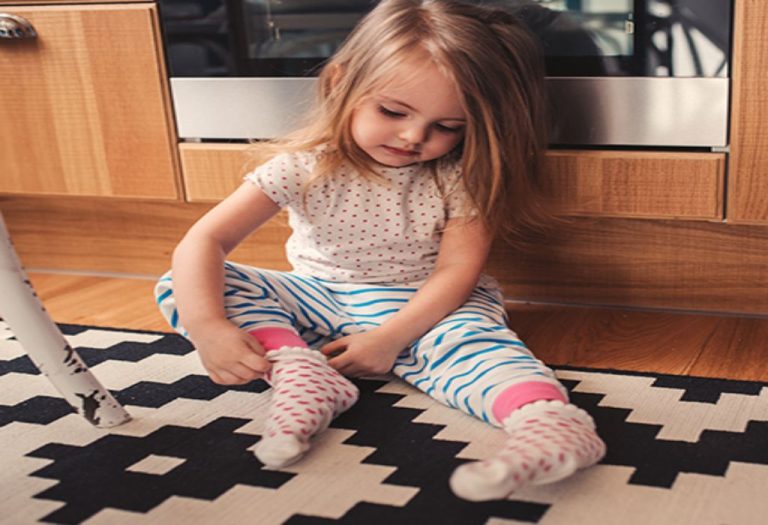Bayley Scales of Infant and Toddler Development
Every kid develops and grows differently. Some kids show signs of developmental delays or behavioural disabilities as compared to other kids of their age. This makes parents anxious, and they start worrying. For the assessment of the infant’s development and to test their behavioural growth, Bayley Scales of Infant Development (BSID) is used by the doctors. The Bayley Developmental Scale is a widely used and highly regarded tool designed to assess the developmental functioning of infants and toddlers from the age of 1 month to 42 months. In this article, we’ll walk you through how the Bayley Scales of Infant Development work and what results they can reveal about a child’s development.
What Is Bayley Developmental Scale?
The Bayley Development Scale or the Bayley Scales of Infant & Toddler Development is a child assessment method to measure the development functioning of a child aged between 1 to 42 months. The assessment measures the development of motor, cognitive, social-economic, language, and adaptive behaviour in babies and young kids. The Bayley Development Scale involves a series of interactions and tasks between the examiner and the child. The tasks involve basic responses to complex responses from the child and the examiner observes the child during these tasks. It is used to tell about the current mental and motor developmental functioning and thereby assist in the diagnosis and treatment of the child (1).
Five Components of the Bayley Scales of Infant Development
There are five components of the Bayley Scales of Infant development test and the test or tasks take from 45 minutes to 1 hour to complete. After the completion of the tasks, the examiner is able to tell the parents about the development quotient of the child (2).
The Three Subtests
The three subtests of Bayley Scales of Infant Development are (3):
- The Cognitive Scale: This measures the child’s cognitive ability such as engaging in pretend play, or look for fallen objects.
- The Language Scale: This measures the ability of the child to understand and speak the language or follow instructions.
- The Motor Scale: This measures the gross and fine motor abilities of the child.
Two Additional Tests
There are two additional tests of the Bayley Scales of Infant Development, which may or may not be administered varying from child to child. These are:
- The Social-Emotional Scale: This measures the child’s social ability or the ability to engage socially with others and the ability to engage in age-appropriate play.
- The Adaptive Behaviour Scale: This measures the level of development of everyday life skills of the child such as cooperating, following rules, or adapting to new situations.
How Does the Bayley Test Work?
The Bayley Developmental Test involves a series of tests and tasks during which the examiner observes and rates the child’s performance. Then the scores of all the tasks are totalled. These raw scores are compared to the already available table of scores of children of the same age to compare the child’s development to other children of the same age. Thus, the examiner is able to assess whether the child has developmental delays or not and their significance. This assessment is used by the child’s paediatrician to identify early signs of any neuro-development delays or disabilities and suggest a treatment. The Bayley test apart from testing development disorders is also used to test the child of autism and non-verbal learning disorders.
How to Prepare for the Test?
The examiner to prepare the parents and the child first explains the entire procedure and what will happen during the test to the parents. This is done so that the parents know what will happen beforehand and don’t question in between the test to divert the attention and refrain from talking to the child to avoid skewing the results. The non-involvement of the parents helps the examiner to establish a good rapport with the child during the procedure and get an accurate result.
Are There Any Limitations of the Bayley Test Results?
As the kids are young and have different development rates, so in most cases, the development delay might be temporary. So the Bayley scales of infant and toddler development interpretation should be taken as an assessment of the child’s current functioning. The age range for Bayley is 1 to 42 months, so a small number of kids may have developmental delays that continue to later years and diagnosed with development disability in school.
FAQs
1. Can the Bayley Scales diagnose developmental disorders?
While the Bayley Scales is not a diagnostic tool for specific disorders, it can help identify children who may be at risk for developmental delays or disorders. If the assessment reveals concerns, it can guide further diagnostic testing or interventions, leading to early support that can make a big difference in the child’s future development.
2. How long does the Bayley Scales assessment take?
The Bayley Scales assessment typically takes between 45 minutes to 1.5 hours, depending on the child’s age and the level of cooperation. The testing is divided into different sections for each developmental domain, with breaks if needed to ensure the child remains comfortable.
3. How often should the Bayley Scales be administered?
The Bayley Scales is typically used as a one-time assessment to evaluate a child’s development at a specific point in time. However, in cases where developmental concerns are identified, follow-up assessments may be recommended to track progress and determine if additional support is needed.
Most kids have dramatically different development rates, so there is no set age or development pattern. But if parents feel their child is not growing or developing properly, they should not hesitate to take the opinion of the child’s paediatrician. Early detection of any delay or disability in the child’s development results in better cure and proper treatment.
References/Resources:
1. National Library of Medicine – Bayley Scales Of Infant and Toddler Development
2. Institute of Myology – Bayley scale
Also Read:
Toddler Growth and Development Stages
Major Stages of Kid’s Development
Newborn Baby Growth and Development
Was This Article Helpful?
Parenting is a huge responsibility, for you as a caregiver, but also for us as a parenting content platform. We understand that and take our responsibility of creating credible content seriously. FirstCry Parenting articles are written and published only after extensive research using factually sound references to deliver quality content that is accurate, validated by experts, and completely reliable. To understand how we go about creating content that is credible, read our editorial policy here.
























